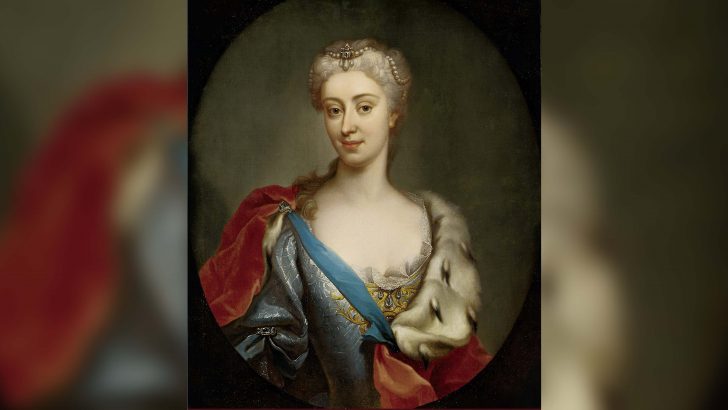The Irish to the Rescue: The Tercentenary of the Polish Princess Clementina’s Escape
by Richard K. Maher (Peter Lang, Oxford, €39.95)
This is a collection of papers presented to a seminar to commemorate the rescue and escape of the Polish princess, Maria Clementina Sobieska from Innsbruck in August 1719.
Maria Clementina was born on July 18, 1702 in Siberia, then part of the territory of the Holy Roman Empire. A wealthy heiress from inheriting vast estates in Poland, at the age of 17 she was betrothed to James Francis Edward Stuart, the Jacobite claimant to the thrones of Britain and Ireland. George I of Britain and Ireland was opposed to the proposed marriage, as he feared that the union might produce heirs and keep alive the Stuart claim to his thrones. Hence he persuaded his ally, Emperor Charles VI, to have the princess arrested and detained at Innsbruck, while on her way to Italy to marry James Stuart.
Faced with this setback, James Stuart sought the assistance of Charles Wogan (1698–1752), one of his closest confidants. A native of Rathcoffey in Co. Kildare, Mr Wogan took part in the battle of Preston in November 1715, where the Jacobite forces were defeated. He was among the officers captured and incarcerated in Newgate Prison in London. However, he escaped from custody in May 1716, travelled to France and joined Arthur Dillon’s regiment of the Irish Brigade. At this time he was also serving James Stuart as a special agent and concluded successfully the diplomatic negotiations which led to the betrothal of Princess Maria Clementina and James Stuart. Hence, he did not need a second request to come to the assistance of Maria Clementina.
Rescue
Mr Wogan prepared to rescue the princess with great care and no hint of his plan leaked out. He ensured that Maria Clementina, her parents and Pope Clement XI, who was her godfather, were in favour of the proposed rescue attempt. He recruited Captain John Misset, Captain Luke O’Toole, and Major Richard Gaydon – fellow-members of Mr Dillon’s regiment and like Mr Wogan natives of Kildare. They were accompanied by Lady Eleanor Misset, who would act as a lady-in-waiting to the princess, and Lady Misset’s personal attendant Jeanneton.
In the early hours of April 28 on a night of atrocious weather the rescue party gained access to where the princess was residing. Jeanneton, the young French girl, took the princess’ place with instructions to feign illness and delay as long as possible knowledge that Maria Clementina had escaped. The carriage, with the princess, Lady Misset, Mr Wogan and Major Gaydon, on board and with a rider leading and following, reached the summit of Mt Brenner at dawn and there changed horses for the next phase of the journey. The rescue party enjoyed good fortune. On the narrow old Roman road over the Brenner Pass it seemed for one awful moment that the speeding carriage would disappear over a precipice. However, the driver regained control and brought the carriage fully back on to the road. The party also succeeded in way-laying an imperial courier and divesting him of the emperor’s directions to the authorities on the route to arrest and detain the rescue party.
Conspirators
Mr Wogan and his fellow conspirators arrived in Rome to great acclaim on May 15, 1719. The Pope rewarded Mr Wogan and his colleagues by making them senators of Rome. The Scottish Pretender knighted Mr Wogan and granted him a baronetcy. James Stuart married Maria Clementina at Montefiascone, near Rome, on September 1. Two sons, Prince Charles (Bonnie Prince Charlie) and Prince Henry Benedict were born of the union. And as George I had feared the Stuart claim to the thrones of Britain and Ireland continued to be very much alive.
Richard Maher’s narrative of the rescue is enhanced by scholarly presentations on the context of the event. Jaroslaw Pietrzak describes the rise and fall of the Sobieski dynasty. Declan Downey analyses the political motivations of the emperor, Charles VI, and of the principals in his intrique-ridden court. There is a splendid essay on the Irish Brigade and its culture which produced such extroverts as Charles Wogan. However, the chief plaudit must go to Richard Maher for this delightful publication.


 The Polish princess, Maria Clementina Sobieska.
The Polish princess, Maria Clementina Sobieska. 